Search Results for Tag: animals
Loss of predators leads to alien landscapes
No sympathy for carnivores? Think again. Sitting at the top of the food chain, large predators have a special role in the animal kingdom. But just how important lions, wolfs or lynx really are is revealed in a new Nature study published today. The global decline in the number of these and other big carnivores means the animals they typically prey on – mostly plant eaters – multiply unchecked. With potentially dire consequences for many ecosystems around the world. Plant eaters that would otherwise end their lives between sharp teeth are free to gobble away the vegetation, dramatically changing the face of the landscapes they inhabit. The researchers from Oregon State University base their findings on observations in the US’ Yellowstone National Park and in Finland, where the decline of large predators has led to so much loss of plants and trees that soil erosion occurs, putting at risk harvests and ultimately livelihoods, too.
5 smallest animals
Lists are somehow en vogue so we’ve put some together for you – like the 5 smallest animals in the world (to be completely honest, we should say “the five smallest animals – that we found pictures for”).
Hippocampus denise – the smallest seahorse
The Denise’s pygmy seahorse grows only 1.5 centimeters long and are named after the underwater-photographer Denise Nielsen-Tackett.
Brookesia micra – the smallest reptile
This chameleon – that does not have a non-scientific name (yet) – is with a maximum length of 29 millimeters the smallest known reptile. It lives only in one spot on our planet: in the North of Madagascar.
Leptotyphlops or Tetracheilostoma carlae – the smallest snake
As thin as a spaghetti noodle, you better don’t chew on it or dip it in tomato sauce… with a maximum length of 104 millimeters it won’t satisfy your hunger anyway. If you are curious about the name: It’s discoverer Blair Hedges named it after his wife Carla Ann.
Mellisuga helenae – the smallest bird
The bee hummingbird flies around mainly in Cuba – and can easily been overlooked as it is only about 6 centimeters long and quite fast: during one day it visits about 1,500 flowers.
Paedophryne amauensis – the smallest frog
The smallest vertebrate – the frog Paedophryne amauensis – was found in Papua New Guinea, where it prefers to live in the leaf litter of the ground of tropical forests.
Among the cutest smallest animals is the Pygmy Marmoset.
You spotted other cute, tiny animals? Share your examples with us in the comments below!
Facebook of the forests
Put up a camera. Anywhere. You will be surprised by just how badly everyone wants to be on telly whenever they see a lens pointed at them. It’s why many kids think web cams are more important in a computer than a CPU, and also a reason why Big Brother revolutionized trash TV and Facebook made Mark Zuckerberg a Billionaire.
The urge to exhibit one’s private persona seems so deeply ingrained in the human psyche, that you begin to wonder if it’s an evolutionary trait also present in other species. And indeed it is. Forest animals love the camera. The TEAM network has put up camera traps in forests across the globe to snap photos of animal wild life. The experts of TEAM (or, more accurately and less sexy “Tropical Ecology Assessment and Monitoring”) are now celebrating the 1 millionth photo taken.
TEAM makes the photos available to researchers and the public as “real-time” data to help track how biodiversity evolves. And, of course, also to show how wild life is impacted by changes in their environment – be it deforestation or warming temperatures. The primates shown below are an example of the quite entertaining footage collected by the scientists:
The TEAM network still has some way to go: With a million plus photos they are way behind Facebook – that other network providing real time data on a not so different type of primate: you and me.
Bizarre but valuable: Top 10-list of new species 2011 draws attention to biodiversity
Short time ago the International Institute for Species Exploration at Arizona State University anounced their picks for the top 10 new species described in 2011. It’s the fifth time in a row that attention-grabbing species have been nominated to open the world’s eyes for “the biodiversity crisis and the unsung species explorers and museums who continue a 250-year tradition of discovering and describing the millions of kinds of plants, animals and microbes with whom we share this planet,” as Quentin Wheeler, an entomologist who directs the International Institute for Species Exploration at ASU, said.
When you have a look at the gallery below you will have to admit that this year’s list is quite exquisit. It’s members come from Brazil, Myanmar, the Dutch Caribbean, South Africa, Papua New Guinea, Spain, Borneo, Nepal, China and Tanzania. You will find a sneezing monkey there, a beautiful but venomous jellyfish, an underworld worm and a fungus named for a popular TV cartoon character.
The nominations had to be “species that capture our attention because they are unusual or because they have traits that are bizarre,” said Mary Liz Jameson, an associate professor at Wichita State University who chaired the international selection committee. At the institute’s website you will also find a Google world map that pinpoints the location for each of the top 10 new species.
Beauty and Destruction lie close together
The video was uploaded to youtube by bittusahgal – it has amazing pictures and delivers a very strong message. The film is described as a ‘non-commercial attempt to highlight the fact that world leaders, irresponsible corporates and mindless ‘consumers’ are combining to destroy life on earth.’ All you have to do is watching and think. There’s a lot possible to keep those beautiful pictures. The cut was compiled by the Sanctuary Asia network.



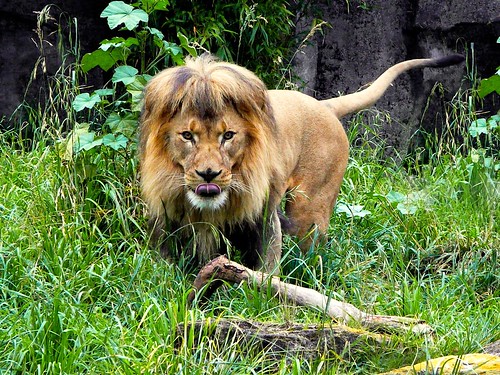

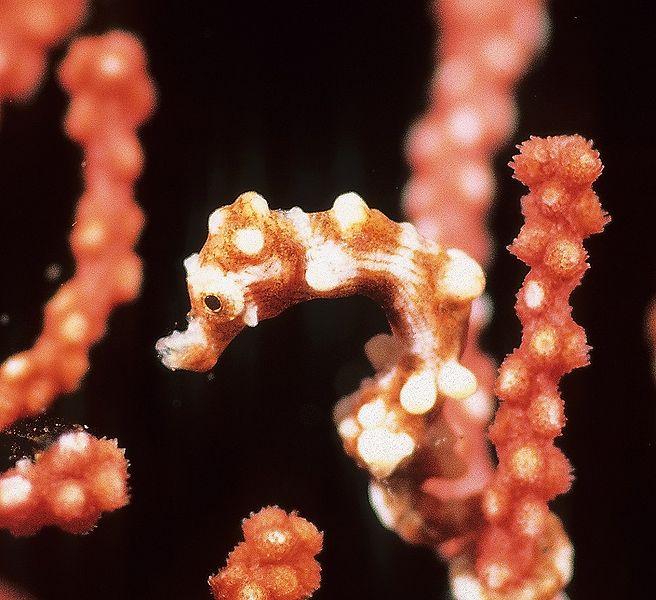
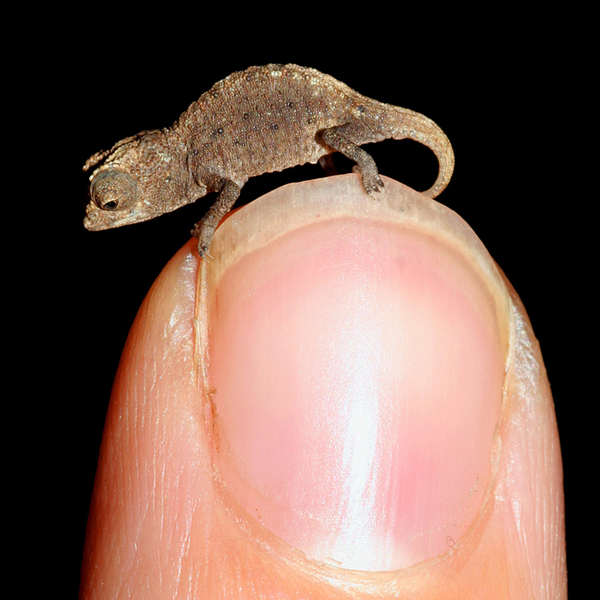
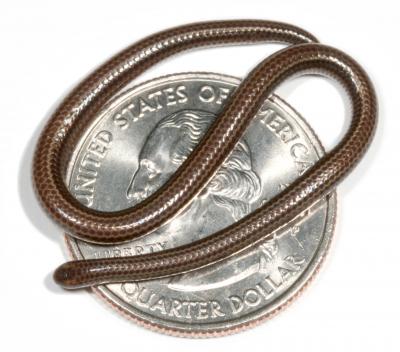


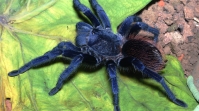
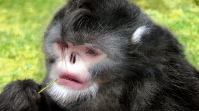
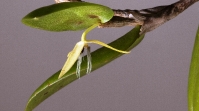




Feedback